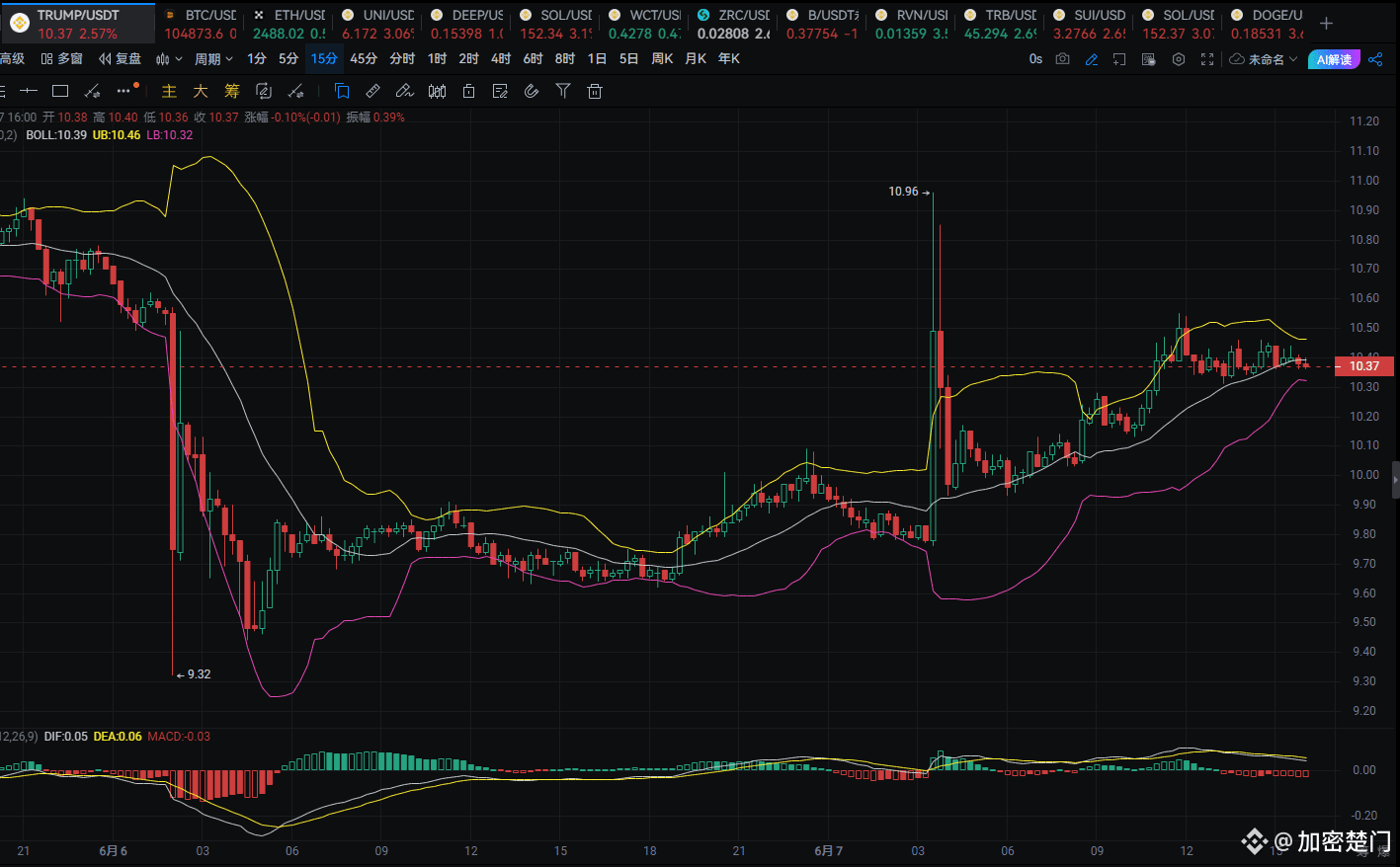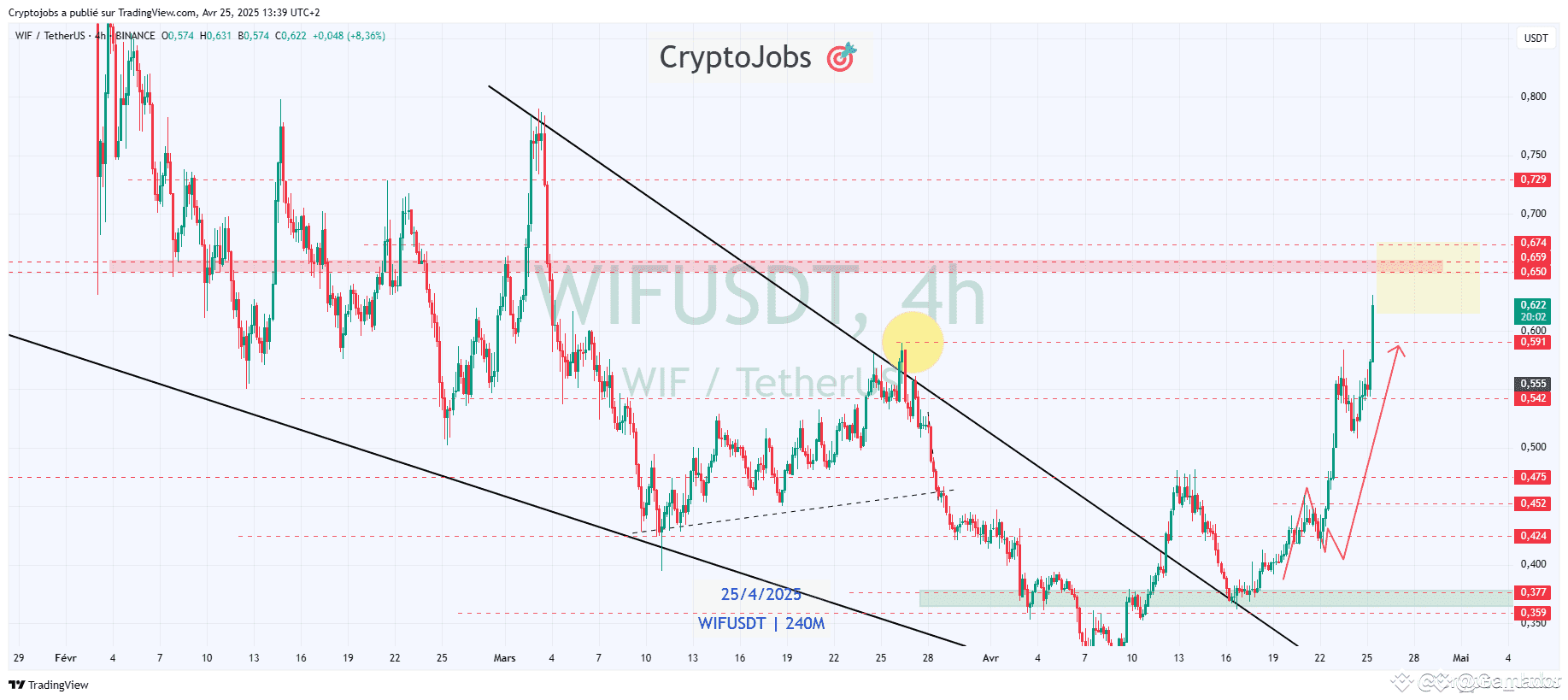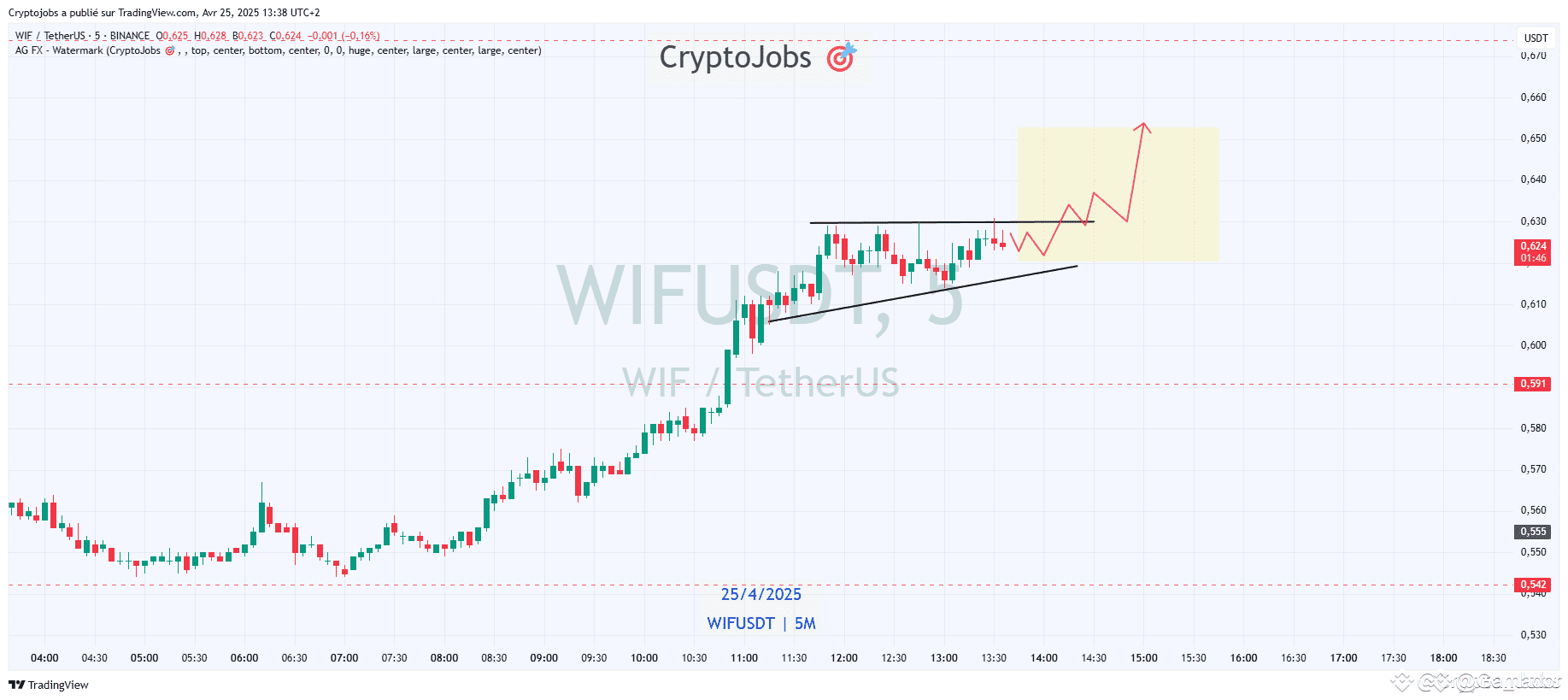Odaily Planet Daily News According to the analysis of X user @litangsongyx, the reason for the loss of the user who "traded KOGE/USDT in a single transaction and was trapped for $47,000" this morning was that he set a slippage of nearly 50% and did not turn on MEV protection. The user's single transaction volume was $210,000, and he finally received $161,000 worth of KOGE, with a loss of $47,000. Because the user's transaction volume was huge, the router split his transaction into transactions from 3 liquidity pools: $120,000 in transaction volume using the Uniswap V4 liquidity pool; $43,000 in transaction volume using the Uniswap V3 liquidity pool with the last number E507; $47,000 in transaction volume using the PancakeSwap liquidity pool with the last number 7057; When the transaction passed through the PancakeSwap liquidity pool with the last number 7057, the MEV robot used a transaction of $320,000 to push KOGE to an extremely high level, causing the user to complete the transaction at an extremely high transaction price. There was no problem with the PancakeSwap liquidity pool. The liquidity pool was only responsible for exchange, and the slippage was determined by the order routing. The fromTokenAmount parameter indicated that the user wanted to exchange KOGE with 214,838 US dollars, and the minReturnAmount parameter indicated that the minimum number of KOGE the user wanted to receive was 1,640. The actual number of KOGE received was 2,547, and the order routing was not wrong. The problem was that the slippage was set too high. At that time, 214,838 US dollars could be exchanged for about 3,300 KOGE. Because the minimum number of KOGE received was set to 1,640, it can be inferred that the user's slippage was set as high as nearly 50%, and MEV protection was not turned on. The user has added KOGE tokens to the ZKJ-KOGE liquidity pool to earn fees after the MEV attack. In addition, according to @ai_9684xtpa, an on-chain data analyst, the transaction was not a problem of either Binance or OKX DEX.




